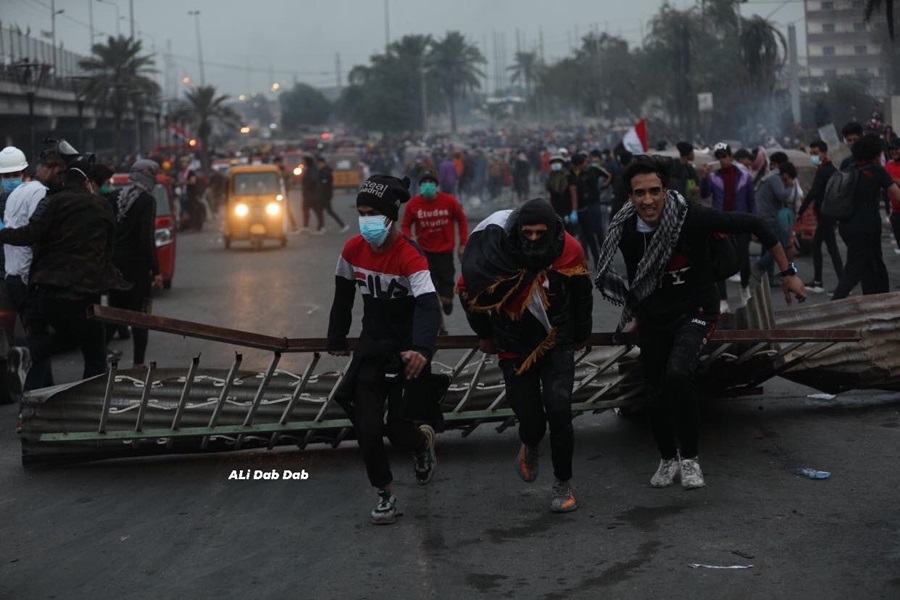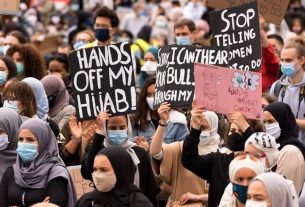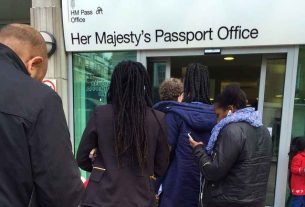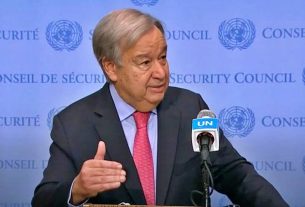Sat 25 January 2020:
Security forces have pushed closer to Baghdad’s Tahrir Square, the main anti-government protest camp in Iraq’s capital, reopening several roads that were previously shut down by demonstrators demanding reforms and an overhaul of the country’s political system.
At about noon local time on Saturday, security forces fired tear gas and live bullets at Khilani Square, a few hundred metres away from Tahrir Square, medics said.
According to several witnesses and medics, riot police also set fire to a number of protest tents on the nearby Sinak Bridge, sending a column of thick black smoke into the sky.
Later on Saturday, protesters retook Khilani Square while thousands gathered in Tahrir Square and set up new tents, stressing that they will not leave until their demands were met.
There were no official reports of casualties in Tahrir Square, although medics confirmed that several protesters were wounded.
“I just arrived to Tahrir Square with my friends and everyone is telling us to go back because the situation is getting dangerous,” Qamar Imad, a 17-year-old girl told Al Jazeera. “But we won’t leave Tahrir because it is ours. The sound of bullets will only strengthen our resolve.”
At least two protesters were reported to have been killed in the southern city of Nasriyeh, according to the health ministry in Dhi Qar province.
Al-Sadr rally
The developments came after people believed to be supporters of powerful Shia leader Moqtada al-Sadr began packing up their tents and leaving sit-ins in central Baghdad.
Al-Sadr, who was behind a mass protest on Friday in a different area in the capital, calling for the departure of US troops from Iraq, issued a statement on Twitter expressing his “disappointment” in anti-government protesters who had accused his rally of being pro-government.
“From now on I will not interfere in these [anti-government] protesters’ affairs neither in a negative nor positive way,” said al-Sadr, who also heads the biggest bloc in Parliament.
Some protesters in Tahrir Square blamed Saturday’s violence on al-Sadr’s decision to no longer be involved in the protest movement.
However, one al-Sadr supporter refuted this, saying although some of the Shia leader’s supporters had left Tahrir, the majority of his followers were still present.
“Al-Sadr did not order us in his statement to withdraw from the protests,” 24-year-old law student Durgham Hamid told Al Jazeera. “He was merely expressing his disappointment in those in Tahrir Square who have been criticising him and his motives,” Hamid added.
“We are still here at the sit-ins, and we will not leave until our demands have been met, contrary to what other protesters have been saying,” he continued. “We are one people and stand together united.”
High tensions
Separately, a statement from the Baghdad Operations Command said key squares and roads that had previously been a focal point for protesters were reopened for vehicle access.
The vital Mohammed al-Qasim highway, Tayaran Square and al-Nidhal street were all reopened, in addition to Ahrar Bridge, which had been partly occupied by protesters in a standoff with security forces.
However, protesters continue to occupy Jumhuriya and Sinak bridges, which lead to the heavily fortified Green Zone.
“We don’t know if they will attack us in another hour or at night or tomorrow,” one protester said, as he ducked out of his tent wearing a bulletproof vest and fastening on a helmet. “But we will defeat them, inshallah.”
Medical and police sources said two protesters were killed on Friday night in central Baghdad: One was shot by a live round in his neck and the other was hit with a military-grade tear gas canister. At least 25 other protesters were wounded.
In the southern city of Basra, riot police set fire to a protest encampment in the central square shortly after midnight on Saturday.
SOURCE: AL JAZEERA NEWS
Think your friends would be interested? Share this story!





